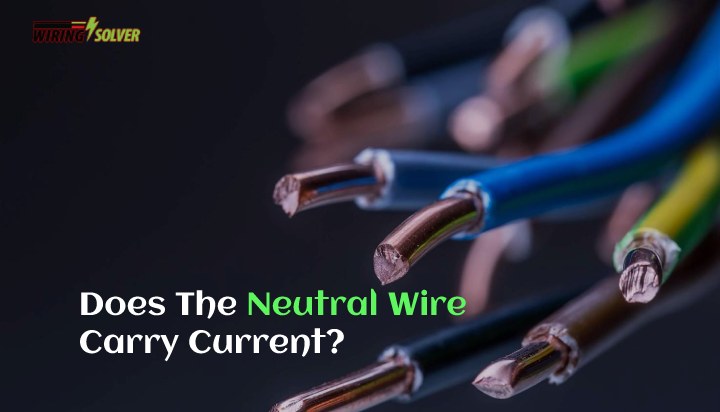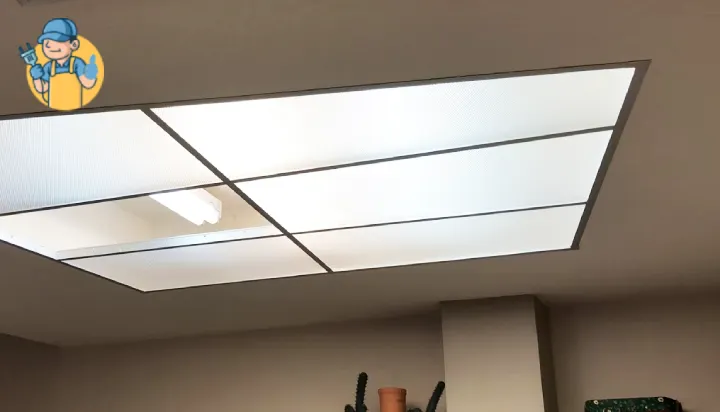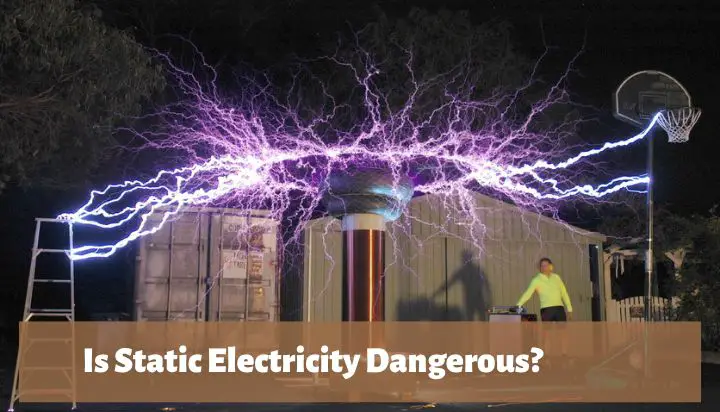Electricity is used in various applications, including powering homes, businesses, and industries. One of the key factors to consider when using electricity is the type of power supply being used.
There are two main types of power supply: single phase and three phase. Single phase power is typically used in residential and small commercial settings, while three phase power is more commonly found in larger commercial and industrial settings.
In this article, the differences between single phase and three phase power will be elaborated along with their usage in various applications.
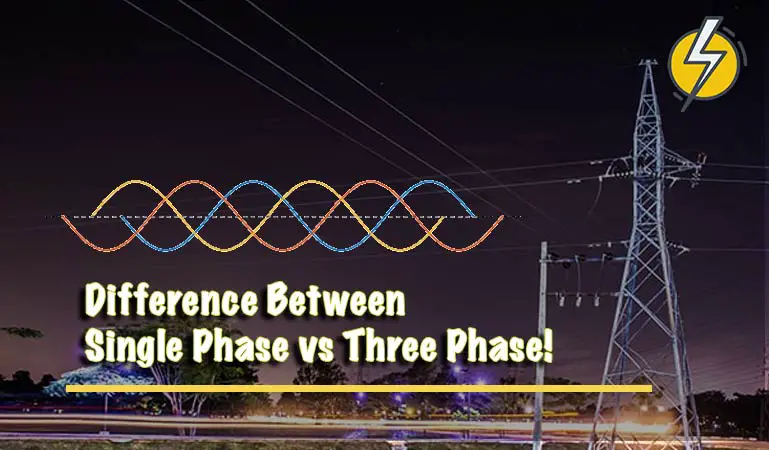
What is Phase?
When it comes to electricity, phase refers to the sharing of the load on a circuit network.
What this means is that houses and factories usually have more than one wiring that connects all the appliances in the building to the mains line. The phase refers to the number of wires that essentially connects these two.
Single Phase vs. Three Phase: The Detailed Comparison
The main difference between single phase and three phase power lies in the number of electrical conductors used in the system and the voltage provided.
Single Phase vs. Three Phase
Category | Single Phase | Three Phase |
Number of conductors | 1 | 3 |
Voltage | 120/240 V | 208/240/480 V |
Current | AC (alternating current) | AC (3 separate alternating currents out of phase with each other) |
Power capacity | Smaller loads | Larger loads, higher power capacities |
Applications | Residential, small commercial | Larger commercial, industrial |
Wiring | 1 set of wires | 3 sets of wires |
Efficiency | Lower | Higher |
Here is a more detailed difference between these two.
Number of Conductors
Single phase power uses only one electrical conductor, which carries the electrical current from the power source to the load.
Three phase power, on the other hand, uses three electrical conductors to carry the electrical current. These three conductors are often referred to as “phases,” hence the name “three phase power.”
Voltage
Single phase power is typically supplied at a voltage of 120 or 240 volts, depending on the location and specific application.
Three phase power is supplied at a higher voltage of 208, 240, or 480 volts. The higher voltage allows three phase power to support larger loads and higher power capacities.
Current
Single phase power uses alternating current (AC), which periodically changes direction. Three phase power also uses AC, but with three separate alternating currents that are out of phase with each other.
This results in a more stable and consistent flow of current, which is important for certain types of loads such as motors that require a constant and smooth flow of current.
Power Capacity
Single phase power is generally limited to smaller loads, such as those found in residential and small commercial settings.
Three phase power is able to support larger loads and higher power capacities, making it more suitable for use in larger commercial and industrial settings.
Applications
Single phase power is commonly used in residential and small commercial settings, such as homes, small offices, and retail stores.
Three phase power is more commonly found in larger commercial and industrial settings, such as factories, warehouses, and office buildings.
Wiring
Single phase power systems require only one set of wires to carry the electrical current from the power source to the load.
Three phase power systems, however, require three sets of wires, one for each phase.
Efficiency
Three phase power systems are typically more efficient than single phase systems due to the balanced distribution of power among the three phases.
This means that the power is distributed evenly among the three conductors, resulting in less loss of power and higher overall efficiency.
Conversion
To convert single phase power to three phase power, you can use a device called a phase converter. Static phase converters and rotary phase converters use a motor-generator set to produce the third phase.
To convert three phase power to single phase power, you can use a transformer or an inverter.
A transformer can be used to step down the voltage of three phase power to a single phase voltage, while an inverter can be used to convert three phase power to DC and then back to single phase alternating current.
What are the Advantages and Disadvantages of Single Phase and Three Phase?
Single phase and three phase power each have their own advantages and disadvantages, depending on the specific application. Here are some of the main advantages and disadvantages of each type of power:
Advantages of Single Phase Power:
- Single phase power is simpler and easier to install and maintain than three phase power.
- It requires fewer conductors and less complex wiring, which can be more cost-effective.
- It is more common and widely available, making it more accessible in many areas.
Disadvantages of Single Phase Power:
- Single phase power is limited to smaller loads and lower power capacities.
- It is less efficient than three phase power, resulting in higher energy losses and higher costs.
- It can be less reliable than three phase power, as it is more susceptible to voltage fluctuations and power outages.
Advantages of Three Phase Power:
- Three phase power is able to support larger loads.
- It is more efficient than single phase power, resulting in lower energy losses and lower costs.
- It is more reliable than single phase power, as it is less susceptible to voltage fluctuations and power outages.
Disadvantages of Three Phase Power:
- Three phase power is more complex and requires more conductors and more complex wiring, which can be more expensive.
- It is not as widely available as single phase power, making it less accessible in some areas.
- It may require specialized equipment and trained professionals to install and maintain it.
Summary
Single and three phase power are the two main types of electrical power supply, each with its own advantages and disadvantages. It is important to consider the specific requirements of your application before choosing one.
Single phase power is simpler and more cost-effective, but less efficient and reliable. Three phase power is more efficient and reliable, but requires more complex wiring and specialized equipment and may be more expensive.

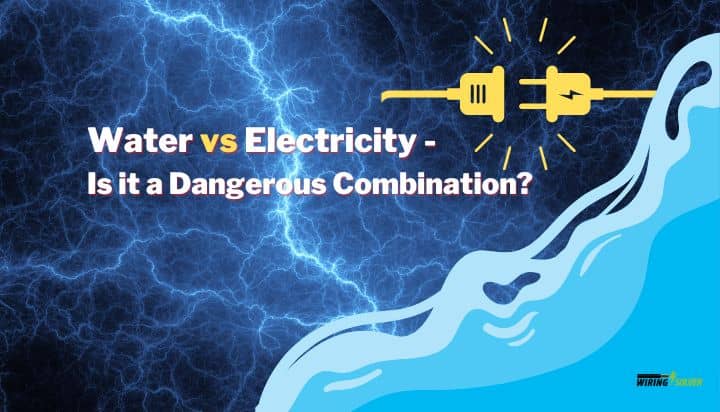
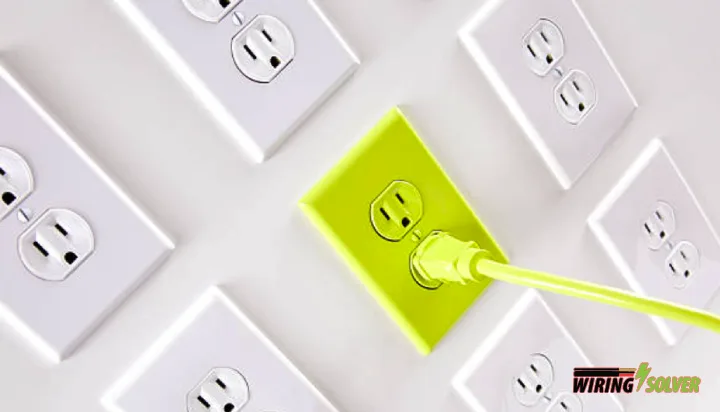
![Why Does My Neutral Wire Have Voltage? [Answered]](https://wiringsolver.com/wp-content/uploads/2022/04/Why-Does-My-Neutral-Wire-Have-Voltage.jpeg)
